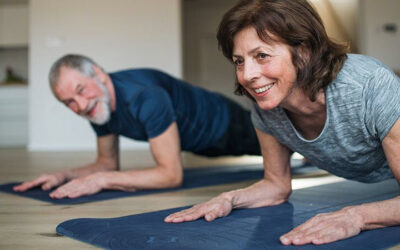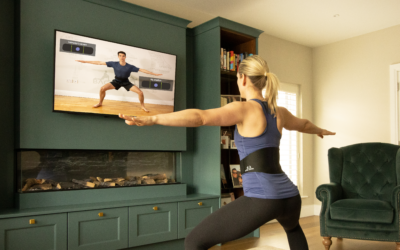Whether preparing for an Ironman, 70.3, a marathon or 5k. Runners and Triathletes can sustain injury. This is so frustrating and can ruin months of hard training. In this article I talk about why people get injured training for triathlon and marathons and what you can do about it.
Runners and Triathletes suffer a lot with what we call passive injuries. These are injuries that occur to the passive structures of the body, the tendons, ligaments, and joints of the body. Think about it, rarely do you hear a runner or triathlete complain of a muscular tear in the same way a sprinter or soccer player might. However, you hear plenty of complaints of plantar fasciitis, Achilles tendonitis, calf problems, knee pain or back pain.
This has to do with load or how we absorb force. There should be 3 systems helping to absorb force. The passive structures always do it, but the muscular system should take some of the pressure or force and the nervous system should make it contract at the right time. Sadly, because of sitting and our modern lifestyles the muscular system becomes lazy and does not do its fair share. Thankfully there are key exercises you can do. The above video outlines key exercises I think are great to help prevent injury. We have the BackAware Belt on here to make sure I am doing them correctly. Here is the reason behind each exercise.
Here is a 5 minute breakdown of key exercises to do: https://youtu.be/1nwj0QeliX4
1. Single Leg Deadlift.
This is my favourite exercise to do for runners. Too often because we jog a lot we tend to overload the calves and Achilles. Often people do heel drops and raises, while these have a place, why are you loading an area that is already over-loaded? A better solution I believe is to get the rest of the leg, hamstring and glutes working more. This allows these bigger muscles to take pressure off the area. An additional bonus of this exercise is the balance component which really helps activate the stabiliser muscles in the foot.
2. Glute Bridge and Clamhttps://youtu.be/1BeOBZ51kz0
We have all heard that glute exercises are essential to help prevent injury and for good reason! For runners, especially those who sit a lot for work this can be a disaster for glute activation. Our hip flexors can get very tight and our glutes become lazy and switch off (inhibited). For good hip movement it is essential to have the glutes firing like they should. Otherwise it tends to cause issues at the knee and low back. You will see in the video with my BackAware Belt I make sure I am not just arching at my back but really moving through the hip joints.
3. Shoulder Abduction
Even for runners but especially for those that swim, this exercise is essential. We are constantly hunched over desks and phones. The postural muscles of the upper back get very lazy and the pec or chest muscles become tight causing us to be excessively rounded. This exercise helps restore the balance and activates the postural muscles.
4. Core exercises with a neutral spine. https://youtu.be/X2E98-Jyje0
Exercises like the Superman, Plank from your knees or side plank are great exercises to keep the core muscles strong when running. Good form is essential. As Prof. Stuart McGill says it is not about doing core exercises but doing them correctly. Other key tips would be to only hold core exercises for 10 seconds with very short recovery. This mimics the way these muscles are supposed to be used. Too often people train core muscles incorrectly. Holding the plank until they are shaking. This does not improve the function of the core musculature.
The BackAware Belt is a great tool here to make sure you are holding a neutral spine which will help train the muscles to be in their optimal length. It can be difficult to know if you are exercising correctly. Having the BackAware Belt give you that feedback can be a game changer. It will allow you to exercise with confidence. Simply follow our classes and get the benefits. For a free trial click here
5. Hip openershttps://youtu.be/yqUekdHwMc4
This again is a great exercise to make sure we are moving well at the hips. As mentioned previously, with sitting constantly it can tighten our hips a lot. It is important that we can move well at our hips because if we can’t we tend to move too much at the low back and knees, which leads to issues. Key things to remember with this exercise is to keep the knee behind the toes. This will ensure you are moving at the hip rather than putting excessive strain on the knee joint.










